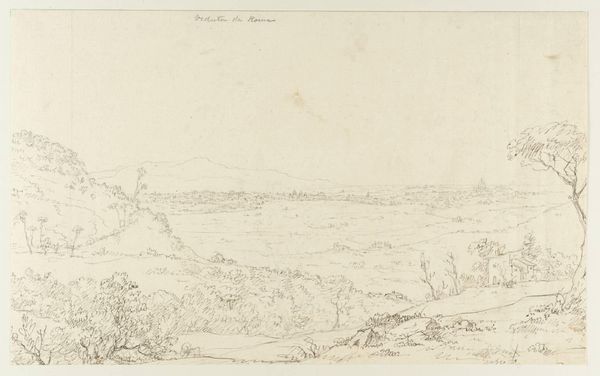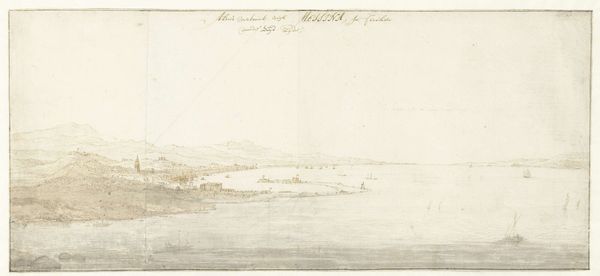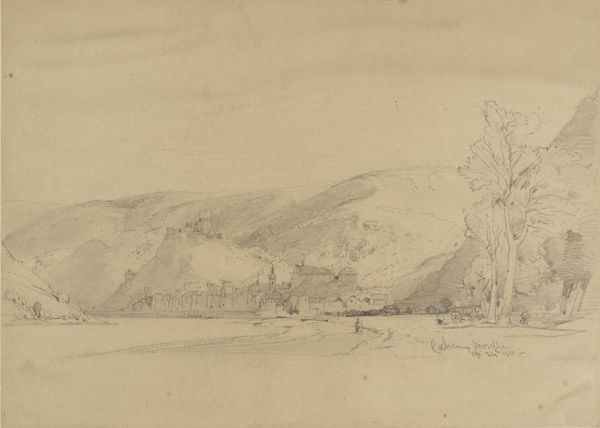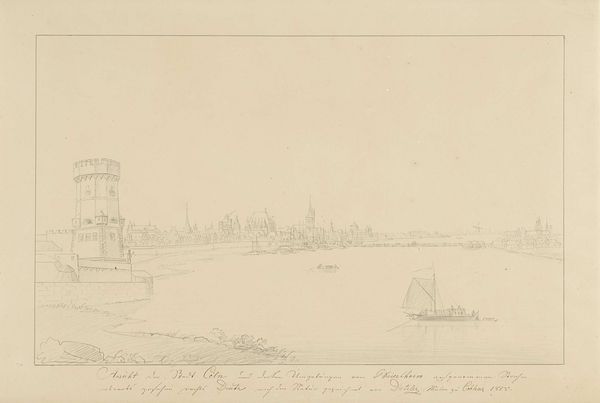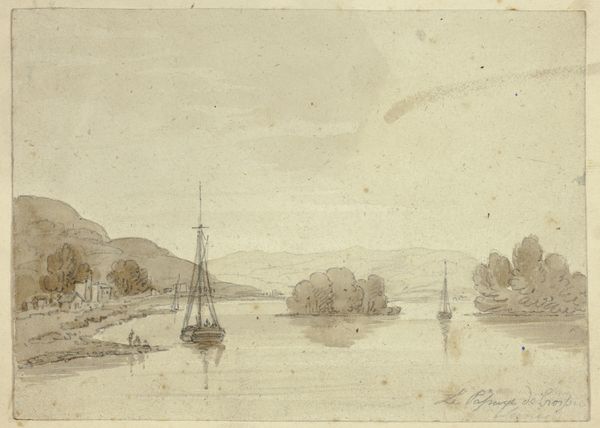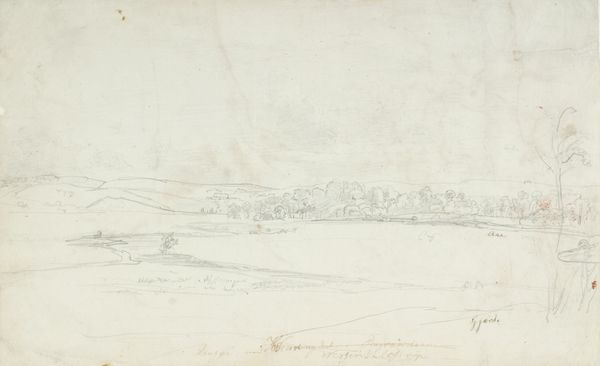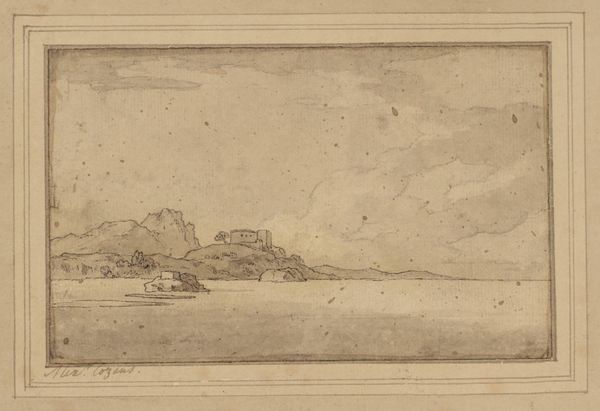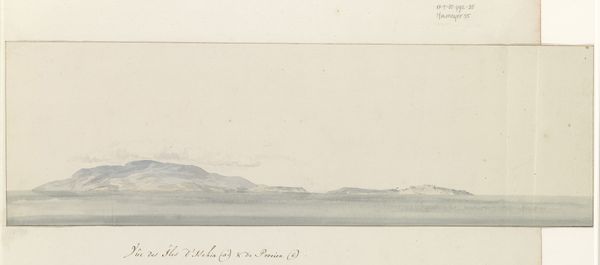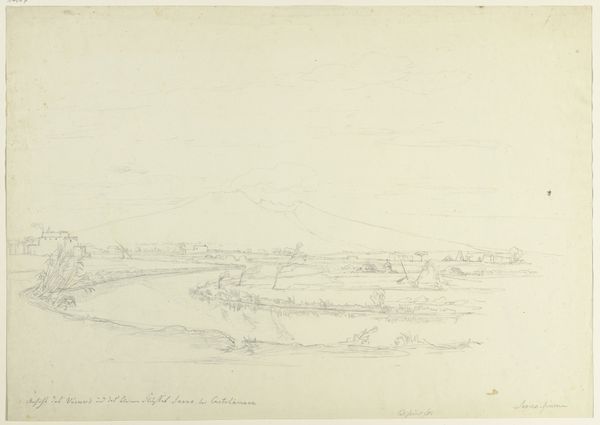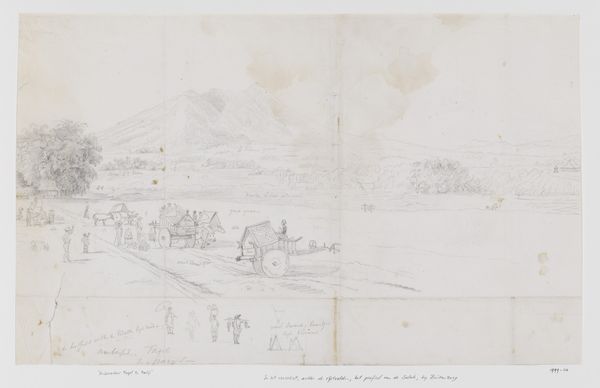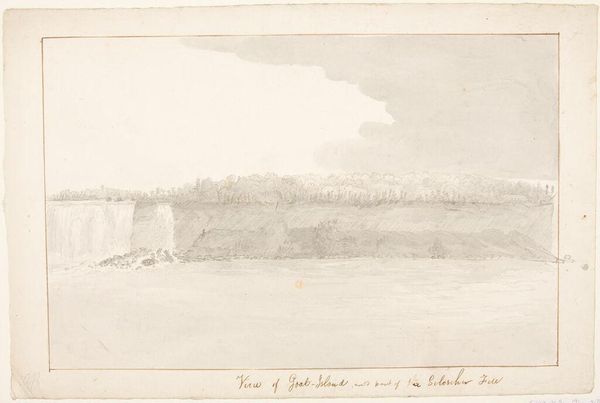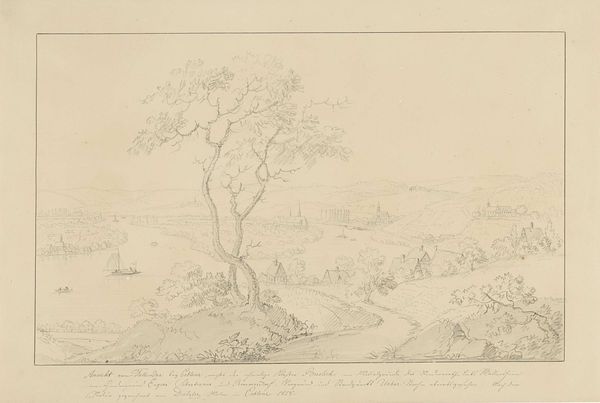
drawing, pencil
#
drawing
#
pencil sketch
#
landscape
#
river
#
romanticism
#
pencil
Dimensions: height 322 mm, width 483 mm
Copyright: Rijks Museum: Open Domain
Jakob Dietzler made this delicate graphite drawing of Oberlahnstein, capturing the scene in fine detail. Graphite, essentially the same material as the lead in pencils, allowed Dietzler to create this subtle tonal range and precise lines. This wasn't just a matter of technique. The pencil itself was a relatively new technology in the early 19th century, made possible by industrial advances. Before that, artists relied on silverpoint or charcoal, which demanded very different approaches. Graphite allowed for sketching *en plein air*, enabling the artist to capture fleeting atmospheric effects on the spot. Consider the social context: the rise of a merchant class with time for leisure activities like drawing. Artists like Dietzler provided them with picturesque views of their world, rendered with the clean precision that reflected the era's fascination with industry and scientific observation. So, next time you pick up a pencil, remember that you are engaging with a technology that has shaped not only art, but also our way of seeing the world.
Comments
No comments
Be the first to comment and join the conversation on the ultimate creative platform.

